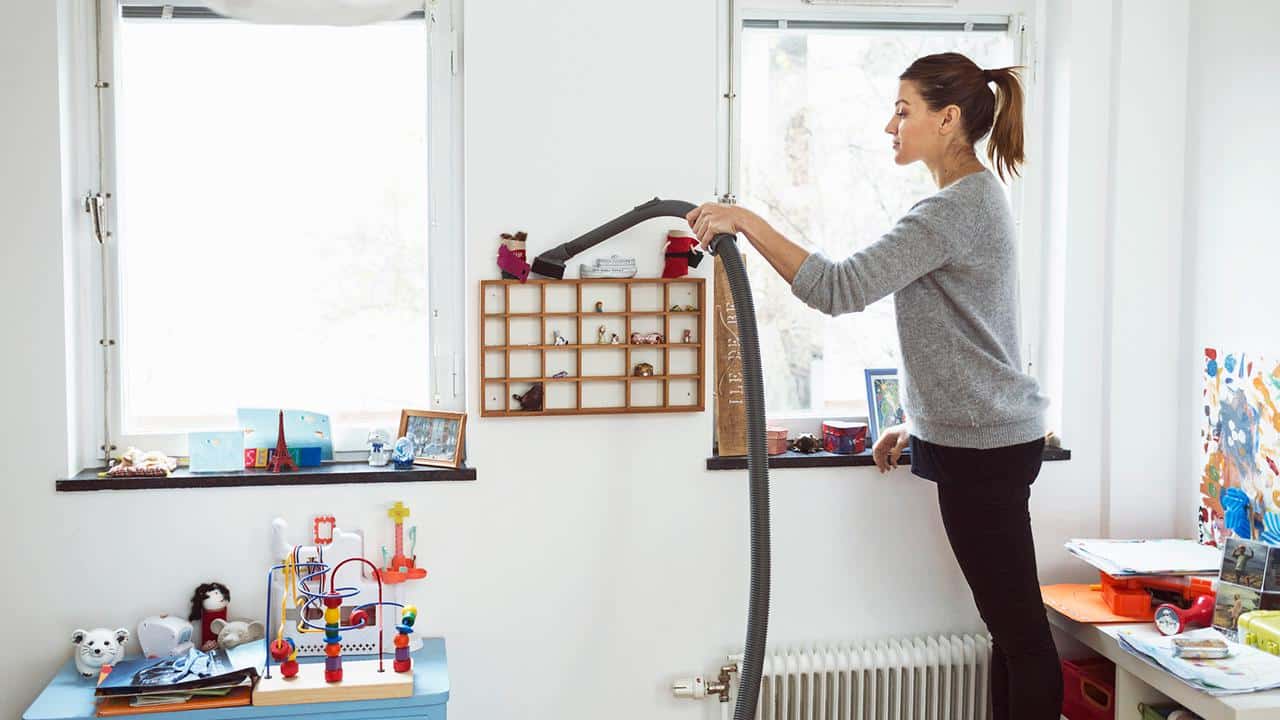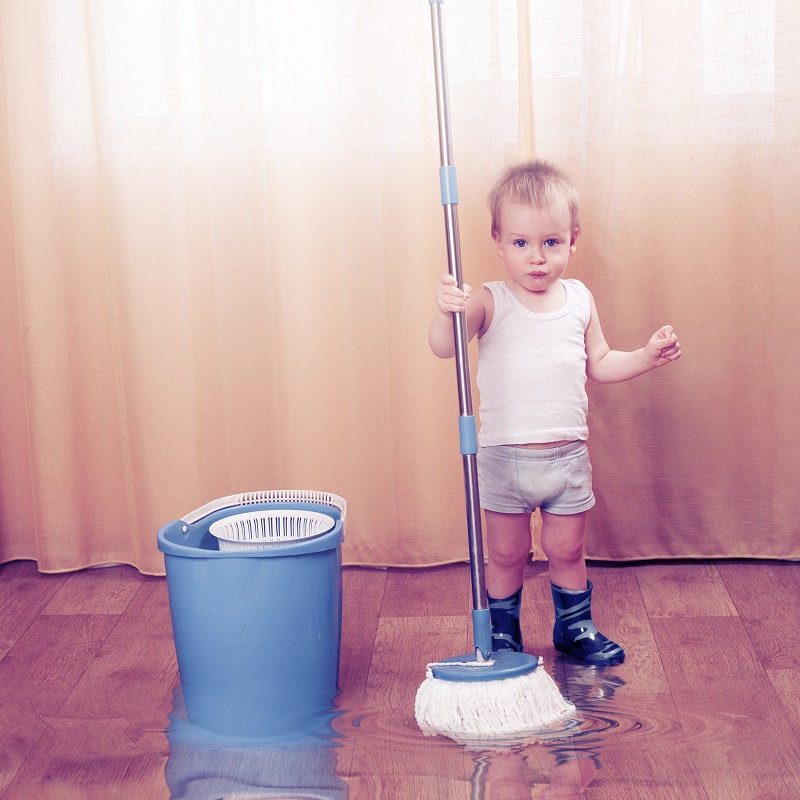How to Remove Microplastics from Kids' Rooms: Cleaning Tips and Material Selection
How to Remove Microplastics from Kids' Rooms: Cleaning Tips and Material Selection
Microplastics are tiny plastic particles that can accumulate in children’s rooms from various sources like synthetic toys, textiles, and everyday household items. These particles pose potential health risks when inhaled or ingested, especially for young children who spend a lot of time playing on the floor. In this blog post, we will explore practical ways to minimize microplastic exposure in kids’ rooms through effective cleaning techniques and safer material choices.
Why Are Microplastics a Concern in Kids' Rooms?
Children’s rooms often contain items made of synthetic materials that shed microplastics over time. Here’s why this is a concern:
- High Exposure Risk: Kids spend significant time playing on the floor where dust and particles accumulate.
- Frequent Hand-to-Mouth Contact: Young children often put toys and other items in their mouths.
- Developing Respiratory and Immune Systems: Children are more vulnerable to contaminants that affect breathing and overall health.
Effective Cleaning Tips to Remove Microplastics from Kids' Rooms
Maintaining a clean environment is key to minimizing exposure to airborne and settled microplastics. Here are some cleaning methods proven to reduce microplastic levels:
1. Regular Vacuuming with HEPA Filters
- Why It Works: HEPA (High-Efficiency Particulate Air) filters capture tiny particles, including microplastics.
- How to Do It: Vacuum all surfaces, including floors, carpets, and upholstery, at least twice a week.
- Tips: Make sure to replace or clean the HEPA filter regularly to maintain efficiency.
2. Damp Dusting Instead of Dry Dusting
- Why It Works: Dry dusting can release particles back into the air, while damp dusting traps them effectively.
- How to Do It: Use a slightly damp microfiber cloth to wipe surfaces, including shelves, windowsills, and furniture.
- Tips: Wash the cloth frequently and avoid using synthetic cleaning rags.
3. Wet Mopping Hard Floors
- Why It Works: Mopping with water helps capture dust particles that vacuuming may miss.
- How to Do It: Use a microfiber mop with warm water and a mild, non-toxic cleaning solution.
- Tips: Avoid chemical-laden cleaners that could leave residues.
4. Wash Soft Toys and Textiles Regularly
- Why It Works: Soft toys and bedding can accumulate dust and microplastics over time.
- How to Do It: Wash them in cold water with a gentle detergent to reduce fiber shedding.
- Tips: Line dry or use low heat to prevent fabric breakdown.
5. Air Purification
- Why It Works: Air purifiers with HEPA filters can reduce airborne microplastics.
- How to Do It: Place the purifier in the child’s room and run it consistently, especially during playtime.
- Tips: Change filters regularly to maintain efficiency.
Choosing Safe and Microplastic-Free Materials for Kids' Rooms
In addition to cleaning, selecting the right materials and products can significantly reduce microplastic exposure.
1. Natural Fiber Rugs and Carpets
- Opt for: Wool, cotton, or jute rugs instead of synthetic ones.
- Why: Natural fibers do not shed microplastics like polyester or acrylic.
2. Wooden and Non-Toxic Furniture
- Opt for: Solid wood or metal furniture with low-VOC finishes.
- Why: These materials do not degrade into microplastics.
3. Organic Cotton Bedding and Curtains
- Why: Organic cotton is breathable and free from synthetic additives.
- Tips: Wash new items before use to remove any residual chemicals.
4. Safe Toy Choices
- Opt for: Wooden, silicone, or fabric toys over plastic ones.
- Why: These materials are less likely to degrade into microplastic particles.
Routine Maintenance Tips
- Air Out New Items: Let newly purchased products off-gas outdoors before bringing them into the room.
- Minimize Synthetic Fabrics: Reduce the number of synthetic cushions, curtains, and blankets.
- Monitor Indoor Air Quality: Use an air quality monitor to detect dust and particulate levels.
Final Thoughts
Creating a safe and healthy environment in your child's room requires mindful cleaning practices and thoughtful material choices. By prioritizing natural and non-toxic products and maintaining consistent cleaning routines, you can significantly reduce the risk of microplastic exposure. Taking these proactive steps will not only improve indoor air quality but also promote better health for your little ones.
Amazon best seller







Comments